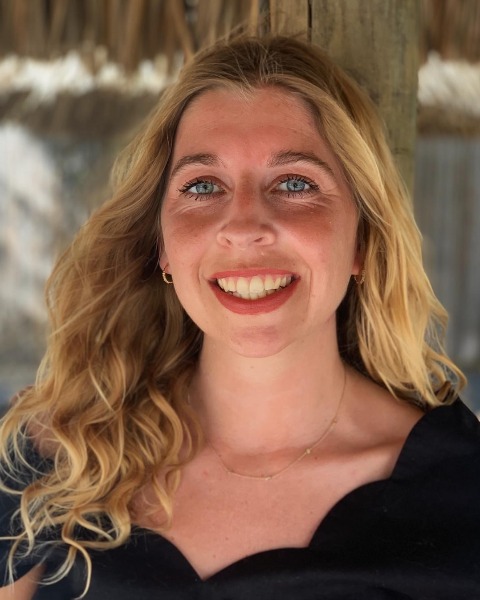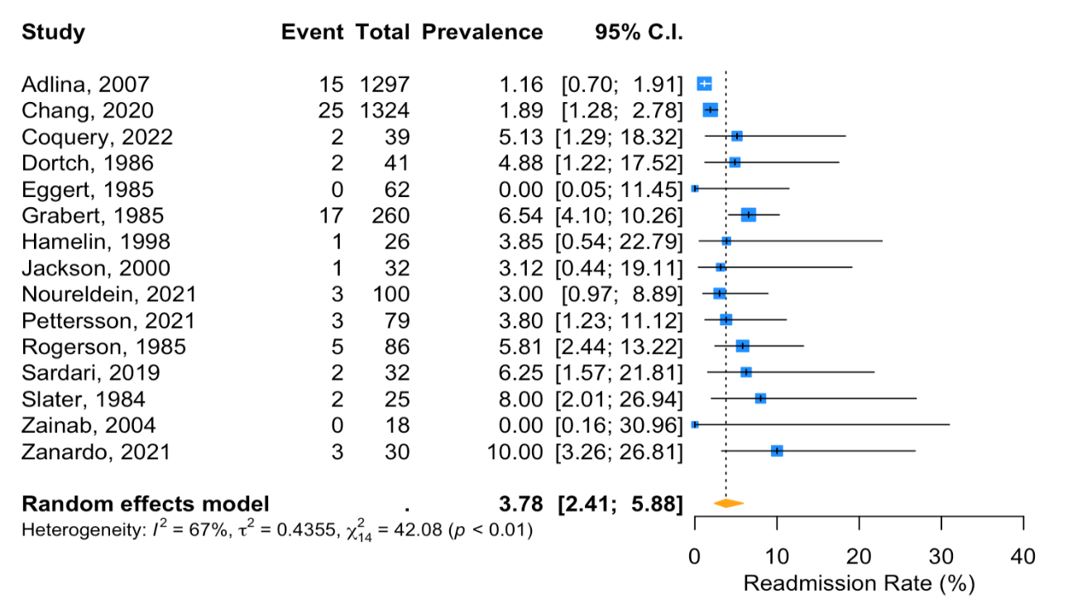Neonatology
Session: Neonatal Hematology & Bilirubin Metabolism
451 - Effectiveness and safety of home phototherapy for neonatal hyperbilirubinemia: a systematic review and meta-analysis.
Saturday, May 4, 2024
3:30 PM - 6:00 PM ET
Poster Number: 451
Publication Number: 451.1575
Publication Number: 451.1575

Jessie Spaan (she/her/hers)
PhD candidate
Erasmus MC
The Hague, Zuid-Holland, Netherlands
Presenting Author(s)
Background: Neonatal hyperbilirubinemia, characterized by elevated levels of bilirubin in newborns, is a common condition in the first week of life. Phototherapy continues to be the primary treatment for severe neonatal hyperbilirubinemia, and accounts for up to 35% of hospital (re)admissions in the neonatal period. Home phototherapy may be a safe and effective alternative to in-hospital phototherapy.
Objective: We aimed to synthesize existing evidence on the effectiveness and safety of home phototherapy for hyperbilirubinemia among (near)term newborns.
Design/Methods: We systematically searched MEDLINE/PubMed, Embase, CINAHL, Cochrane Library, Web of Science and Google Scholar to identify clinical trials or observational studies on phototherapy at home for neonatal hyperbilirubinemia. Two independent reviewers extracted data. Risk of bias was assessed using the Mixed Methods Appraisal Tool. Meta-analysis was performed using R (version 3.5.2). Comparable data were pooled using random-effect models. The study protocol was registered with PROSPERO (CRD42023386798).
Results: A total of 24 studies were included, comprising 12 single-arm studies, 7 non-randomized studies, and 5 randomized controlled trials, representing 4521 neonates. Eleven studies were performed in North America, 6 in Europe, 5 in Asia, and 2 in Australia. Studies were published between 1984 and 2022. Risk of bias of most studies was rated as moderate. Data from 17 studies were included in meta-analyses. The mean (re)admission rate across the studies was 3.8% (95% confidence interval (CI) 2.4 to 5.9; 15 studies, 3451 participants - Figure 1). Across studies that included a control group, no difference was found in treatment duration between phototherapy at home and in-hospital phototherapy (mean difference (MD) = +6.1 hours, 95% CI = –9.7 to +21.8; 6 studies, 473 participants - Figure 2). Furthermore, there was no significant difference in daily serum bilirubin reduction between phototherapy at home and in-hospital phototherapy (MD = +5.7 μmol/L, 95% CI = -2.6 to +13.9; 6 studies, 459 participants - Figure 3). No serious adverse events were reported among 486 neonates from 7 studies.
Conclusion(s): Based on the currently available evidence, this first meta-analysis indicates that phototherapy at home for neonatal hyperbilirubinemia may be an effective and safe alternative to in-hospital phototherapy. However, the majority of studies on home phototherapy for neonatal hyperbilirubinemia are at moderate risk of bias and lack a control group. A systematic exploration of the facilitators and barriers to home phototherapy is needed and currently underway.



